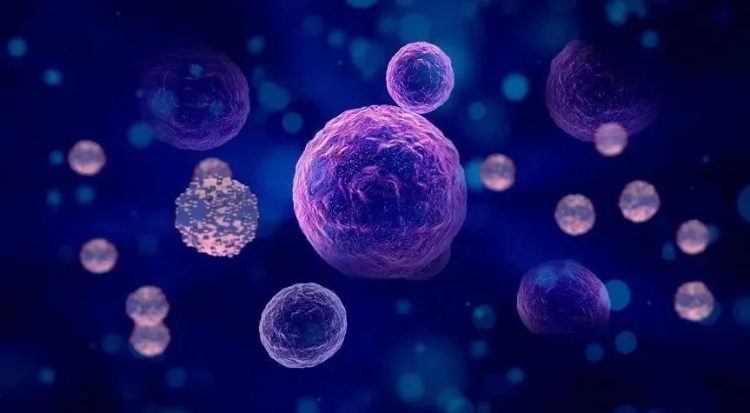Aging is a complex, inevitable biological process characterized by the gradual decline of cellular function, tissue integrity, and organ performance. For centuries, humanity has sought ways to extend lifespan and improve health during aging. Today, groundbreaking advances in stem cell therapy are not only challenging traditional views of aging but are also paving the way toward potentially slowing, or even partially reversing, age-related decline. This article explores the science behind these breakthrough therapies, their potential to redefine aging, current challenges, and the societal implications of a future where aging may be significantly delayed.
Understanding Aging at the Cellular Level
Aging results from the cumulative damage to cells and tissues over time due to genetic factors, environmental stress, and metabolic processes. Key hallmarks of aging include:
- Cellular senescence: Aging cells lose the ability to divide and function properly.
- Stem cell exhaustion: Decline in the regenerative capacity of tissue-specific stem cells.
- Mitochondrial dysfunction: Reduced energy production and increased oxidative stress.
- Telomere shortening: Chromosome end caps degrade, limiting cell replication.
- Epigenetic alterations: Changes in gene expression affecting cell behavior.
Stem cells play a critical role in maintaining tissue homeostasis by replacing damaged or dead cells. However, as we age, stem cell pools diminish in number and efficacy, contributing to the aging process.
How Stem Cell Therapies Are Changing the Game
Recent advancements in stem cell biology offer promising avenues to combat age-related deterioration by replenishing or rejuvenating the body’s cellular reserves.
1. Stem Cell Transplantation and Regeneration
Stem cell transplantation involves introducing healthy stem cells into aging tissues to restore regenerative capacity. For example, mesenchymal stem cells (MSCs) sourced from bone marrow or adipose tissue have demonstrated the ability to repair cartilage in osteoarthritis, promote cardiac tissue repair after heart attacks, and improve skin elasticity.
2. Reprogramming Cells to a Youthful State
Cellular reprogramming techniques, such as those pioneered by induced pluripotent stem cells (iPSCs), allow scientists to revert mature cells back to a youthful, pluripotent state. This technology opens the door to regenerating tissues damaged by aging without the need for donor stem cells.
3. Senolytic Therapies: Clearing Aging Cells
Senolytics are drugs designed to selectively eliminate senescent cells that accumulate during aging and contribute to chronic inflammation and tissue dysfunction. Combining senolytics with stem cell therapies may enhance tissue regeneration by creating a healthier cellular environment.
4. Exosome Therapy: Cell-Free Regeneration
Exosomes are small vesicles secreted by stem cells that carry bioactive molecules capable of modulating cellular behavior. Exosome therapy offers a cell-free alternative, delivering regenerative signals that promote tissue repair and reduce inflammation.

Potential Benefits of Stem Cell Therapies in Aging
- Extended Healthspan: Beyond merely increasing lifespan, these therapies aim to extend the period of life spent in good health, free from chronic disease and disability.
- Treatment of Age-Related Diseases: Stem cell therapies show promise in managing conditions such as Alzheimer’s disease, Parkinson’s disease, cardiovascular disease, and osteoporosis.
- Improved Quality of Life: By restoring tissue function and reducing inflammation, patients may experience better mobility, cognition, and vitality.
- Personalized Regenerative Medicine: Therapies can be tailored to individual genetic and health profiles for maximum efficacy.
Current Challenges and Limitations
Despite tremendous promise, several obstacles remain before stem cell therapies for aging become mainstream.
- Safety Concerns: Risks include immune rejection, tumor formation, and uncontrolled cell growth.
- Ethical and Regulatory Issues: The use of certain stem cell types and genetic reprogramming raises ethical debates and regulatory hurdles.
- Cost and Accessibility: Advanced therapies are currently expensive and may not be accessible to all populations.
- Long-Term Effects: More research is needed to understand the long-term safety and effectiveness of these interventions.
Are We Ready to Slow Down Aging?
The prospect of slowing or reversing aging raises profound questions about our preparedness on multiple fronts:
- Medical Readiness: Healthcare systems will need to adapt to managing extended lifespans and novel treatments.
- Ethical Considerations: Issues of fairness, consent, and the societal impact of longer lives require thoughtful discussion.
- Psychological Impact: Changing the human lifespan could alter life planning, relationships, and societal structures.
- Economic Implications: Extended working years and retirement planning will need reimagining.
Conclusion
Breakthrough stem cell therapies are at the forefront of redefining the aging process, offering hope for longer, healthier lives. While scientific advances bring us closer to the dream of slowing aging, readiness requires addressing safety, ethical, social, and economic challenges. As research progresses, society must engage in open dialogue to ensure these powerful technologies benefit all while respecting the natural balance of life.












































